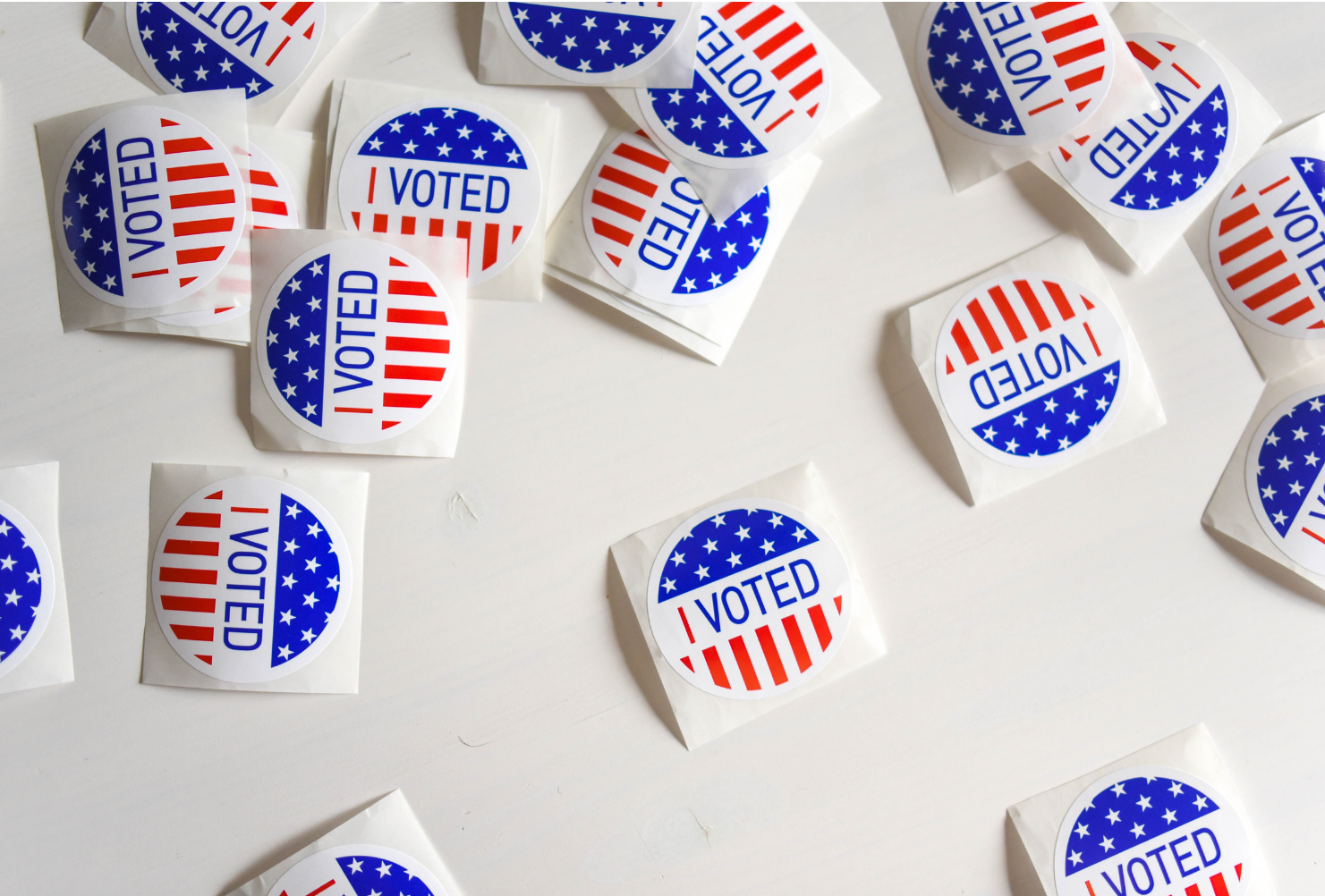
Why Voting Must Be Accessible to All & How It Isn’t
If voting is a civic duty, shouldn’t all voters have access to all process steps? As state and federal elections draw near, this question is urgent and, because of Covid-19, in-person options for voting are more risky or, just plain unavailable. Unfortunately, when it comes to digital access, voting is not an easy process for many folks with disabilities. Websites for registration, information on candidates and voting sites lack accessibility and can prevent people from voting. For the estimated 38 million eligible voters who have disabilities, inaccessible voting systems are a huge barrier and present a deeper issue for our democratic process.
Under Title II of the Americans with Disabilities Act, all absentee ballots, along with election websites and ballot applications, are required to be accessible, but according to a study done by Deque, more than 40 states have absentee ballot applications that are not fully accessible to people with disabilities. And another study done by Phase2 Technologies found that the average score for all states’ mail-in-voting sites was 77%. Can’t we do better than a C+?
We ran automated accessibility scans on voter registration sites of 10 states, and all but one had several errors (congrats Arizona!). Since automated scanners can only pick up about 25% of Web Content Accessibility Guidelines (WCAG) failures, we did a few manual tests as well. These tests included tabbing through the interactive elements with a keyboard, checking forms for labels and keyboard operability and we found all of them had additional accessibility issues..
You may say, “well you can register to vote at City Hall, and you can vote in person,” but those systems are not always fully accessible either. On top of that, in-person voting is difficult and unsafe for some due to the current pandemic. This video details the physical and technical limitations voters with disabilities face. And it has captions, audio descriptions, sign language interpretation and a transcript! Woo hoo!
IMANI: Voting, it’s your right as an American. But access to voting isn’t guaranteed. AUDIO DESCRIPTION: The host waves her crutch at a large flight of stairs IMANI: There’s still barriers, big and small, that make it harder to vote, or to vote at all for people with disabilities. How come the ADA is less enforced than my student loan repayment plan? AUDIO DESCRIPTION: The host purses her lips. IMANI: I’m Imani Barbarin. I’m hosting a new series called “Vote for Access.” AUDIO DESCRIPTION: Individuals with disabilities on webcam. ERIC: This is “Vote for Access.” LAWRENCE: This is “Vote for Access.” CURTIS: This is “Vote for Access.” DEYLYNN: This is “Vote for Access.” IMANI: We’ll talk to experts and voters from across the U.S. about the problems that still affect our right to vote. MICHELLE: Traditional mail-in and absentee voting isn’t particularly accessible. TERESA: People were told that they couldn’t vote, or that guardianship takes away their right to vote. AUDIO DESCRIPTION: Someone leans over Imani’s shoulder. IMANI: Are you just gonna linger there or what? PARMIE: I should be able to vote, just like everyone else. I just have to have accessible equipment. AUDIO DESCRIPTION: A man in a powerchair with an Accessible Voting Unit behind him. ERIC: As you can see, that’s the machine. ERIC: I mean, it wasn’t even plugged in. IMANI: And some of the solutions everybody should know about. MICHELLE: Some states like Oregon, Maryland are looking at electronic delivery of a blank ballot. CURTIS: We try to make sure that all the polling locations are accessible to people. JORDAN: Voting on an AVU. An AVU that is accessible to someone with my disability. So not only could I vote, but I can vote with the same dignity and privacy that any other citizen would have. IMANI: The series starts in April at VoteForAccess.us. AUDIO DESCRIPTION: Vote for Access with Imani Barbarin.
Another issue is inaccessible websites of candidates, which many of us use to inform our choices. Again, there are alternative ways to find out about candidates up for election, but why should people with disabilities have to jump through several hoops to get vital information they need to participate in democracy? Unless we rectify the various web, technological and environmental accessibility issues in the voting, we could bar 38 million fellow citizens from accessing their right to vote.
If your state/city/town’s voting websites or systems are inaccessible, contact your officials and urge them to comply with Title II of the ADA and ensure no one is left out.